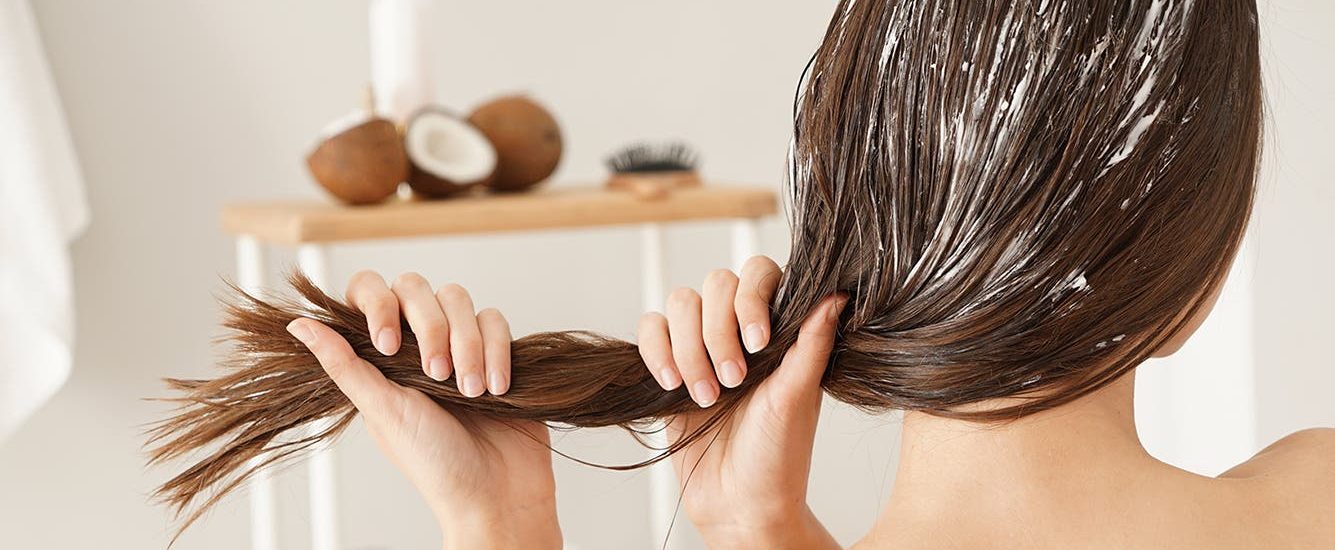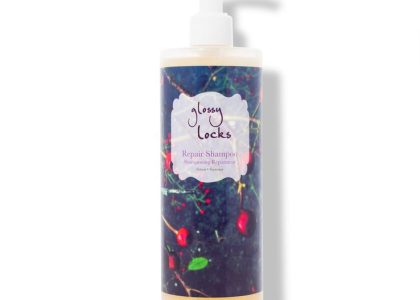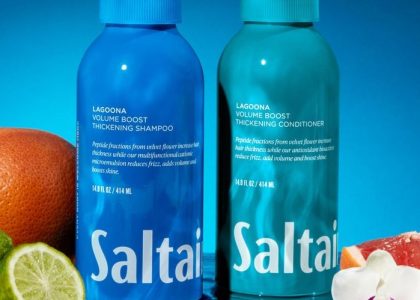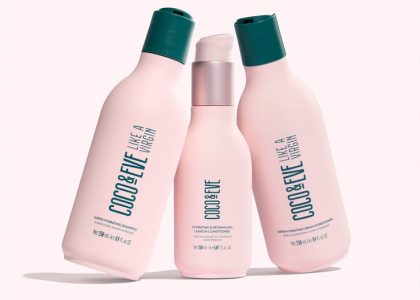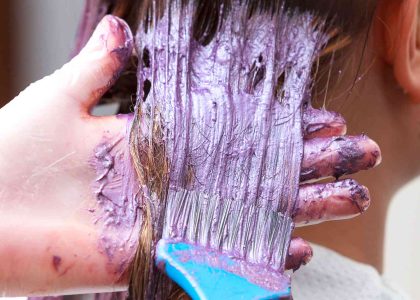Unveiling the Secrets to Luscious Locks: A Guide to Hair Care
Hair. It’s a crowning glory, a source of confidence, and a reflection of overall health. Yet, navigating the vast world of hair care can feel overwhelming. This guide empowers you to understand your hair type, develop a personalized routine, and unlock the secrets to healthy, beautiful tresses.
Know Thy Hair: Identifying Your Hair Type
First things first: understanding your hair type is crucial. Here’s a breakdown of the four main categories:
- Straight: Lacks natural curl or bend. Can be prone to oiliness at the roots and dryness at the ends.
- Wavy: Exhibits a loose, “S” shaped wave pattern. Often requires specific styling techniques to maximize its natural texture.
- Curly: Tightly coiled strands with defined ringlets. Needs extra moisture and care to prevent frizz and dryness.
- Coily: The tightest curl pattern, often described as “z” or “spring” shaped. Requires a deep conditioning regimen and minimal manipulation for optimal health.
Within these categories, variations exist. Hair can be fine, medium, or coarse, and porosity (the ability to absorb and retain moisture) can be high, low, or medium. Consulting a hairstylist can help determine your exact hair type and porosity.
Cleansing Like a Pro: Mastering the Art of Shampooing
Shampooing removes dirt, product buildup, and excess oil. However, over-washing can strip your hair of natural oils, leading to dryness and damage. Here’s how to strike the right balance:
- Frequency: Wash your hair based on its needs. Oily hair might benefit from daily cleansing, while dry hair thrives with washes every other day or even less frequently.
- Water Temperature: Lukewarm water is ideal. Hot water opens the hair cuticle, making it more susceptible to damage.
- Product Application: Focus shampoo on the scalp, gently massaging to loosen dirt. Apply conditioner only to the mid-lengths and ends.
- Rinsing Thoroughly: Ensure no shampoo residue remains, as it can weigh down hair and dull its shine.
Condition with Care: Unlocking Moisture and Manageability
Conditioner replenishes moisture, promotes manageability, and protects hair from damage. Choose a conditioner suited to your hair type:
- For Dry Hair: Opt for rich, creamy conditioners with moisturizing ingredients like shea butter or coconut oil.
- For Fine Hair: Lightweight conditioners that detangle without weighing down the strands are best.
- For Color-Treated Hair: Color-safe conditioners help maintain vibrancy and prevent fading.
Apply conditioner after shampooing, focusing on the mid-lengths and ends. Leave it on for a few minutes before rinsing thoroughly.
Embrace Deep Conditioning: A Weekly Treat for Healthy Hair
Deep conditioning is more than just a pampering session for your hair – it’s a crucial step in maintaining healthy, strong strands. Here’s why you should integrate it into your routine, along with some tips to maximize its benefits:
Benefits Beyond Moisture:
While deep conditioning is renowned for replenishing moisture, its benefits extend far beyond that.
- Strengthening Strands: Deep conditioners often contain protein, which helps rebuild and strengthen damaged hair, making it less prone to breakage and split ends.
- Improved Manageability: Deep conditioning helps smooth the hair cuticle, resulting in smoother, softer strands that are easier to detangle and style.
- Enhanced Shine: By filling in gaps in the hair cuticle, deep conditioners promote a healthy shine and reduce dullness.
- Color Protection: For color-treated hair, deep conditioners can help lock in color vibrancy and prevent fading.
Tailoring Your Treatment:
Not all deep conditioners are created equal. Here’s how to choose the right one for you:
- Hair Type: Consider your hair type. Dry or damaged hair needs richer, more emollient formulas, while fine hair benefits from lightweight conditioners that won’t weigh it down.
- Scalp Condition: If you have a dry scalp, choose a deep conditioner with soothing ingredients like aloe vera or jojoba oil. For an oily scalp, opt for a clay-based formula that helps absorb excess oil without leaving hair feeling greasy.
- DIY Options: If you’re a fan of natural ingredients, explore DIY deep conditioning treatments using ingredients like avocado, coconut oil, or honey.
Beyond the Basics:
Once you’ve chosen your deep conditioner, here are some ways to elevate your treatment:
- Scalp Massage: Before applying the conditioner, gently massage your scalp for a few minutes to improve blood circulation and promote product absorption.
- Heat Treatment: Apply gentle heat after applying the conditioner. This can be done by using a hooded dryer, wrapping your head in a warm towel, or sitting under a steamer for 15-20 minutes. The heat helps open the hair cuticle, allowing for deeper penetration of the conditioning ingredients.
- Overnight Treatment: For deeply damaged hair, consider leaving the deep conditioner on overnight for an intensive moisture boost.
Styling Savvy: Techniques for Enhancing Your Natural Beauty
Styling allows you to embrace your hair’s natural texture or create new looks. Here are some key tips:
- Heat Styling: Minimize heat styling whenever possible. Always use a heat protectant spray before applying heat tools.
- Air Drying: Embrace your hair’s natural texture by letting it air dry whenever feasible. Squeeze out excess water with a microfiber towel and scrunch hair with a styling product to enhance natural waves or curls.
- Diffusing: For curly hair, use a diffuser attachment on your hairdryer to enhance curl definition and minimize frizz.
- Brushing: Use a wide-tooth comb when hair is wet to detangle gently. Brushing dry hair can cause breakage, so start at the ends and work your way up.
Nourish from Within: The Power of Diet and Lifestyle
Healthy hair starts from within. A balanced diet rich in essential nutrients promotes healthy hair growth:
- Protein: Provides the building blocks for hair. Include lean protein sources like chicken, fish, beans, and lentils in your diet.
- Iron: Carries oxygen to the scalp, promoting healthy hair growth. Leafy green vegetables, red meat, and eggs are good sources of iron.
- Fatty Acids: Omega-3 fatty acids nourish the scalp and promote shine.Include fatty acids in your diet through fatty fish like salmon, nuts, and seeds. Adequate hydration is also crucial. Drink plenty of water throughout the day to keep your scalp and hair hydrated from the inside out.
Furthermore, managing stress can benefit your hair health. Chronic stress can contribute to hair loss and other hair problems. Practice relaxation techniques like yoga, meditation, or deep breathing to manage stress effectively.
Be Gentle: Minimizing Damage and Breakage
Everyday habits can unknowingly contribute to hair damage. Here are some tips to minimize breakage:
- Minimize Tight Hairstyles: Avoid tight hairstyles like ponytails or braids for extended periods, as they can pull on the hair and lead to breakage.
- Silk Pillowcase: Swap your cotton pillowcase for a silk or satin one. Cotton can be abrasive and contribute to friction, leading to tangles and breakage.
- Regular Trims: Split ends can travel up the hair shaft, causing breakage. Get regular trims every 6-8 weeks to remove split ends and maintain healthy hair growth.
Embrace Your Unique Hair Journey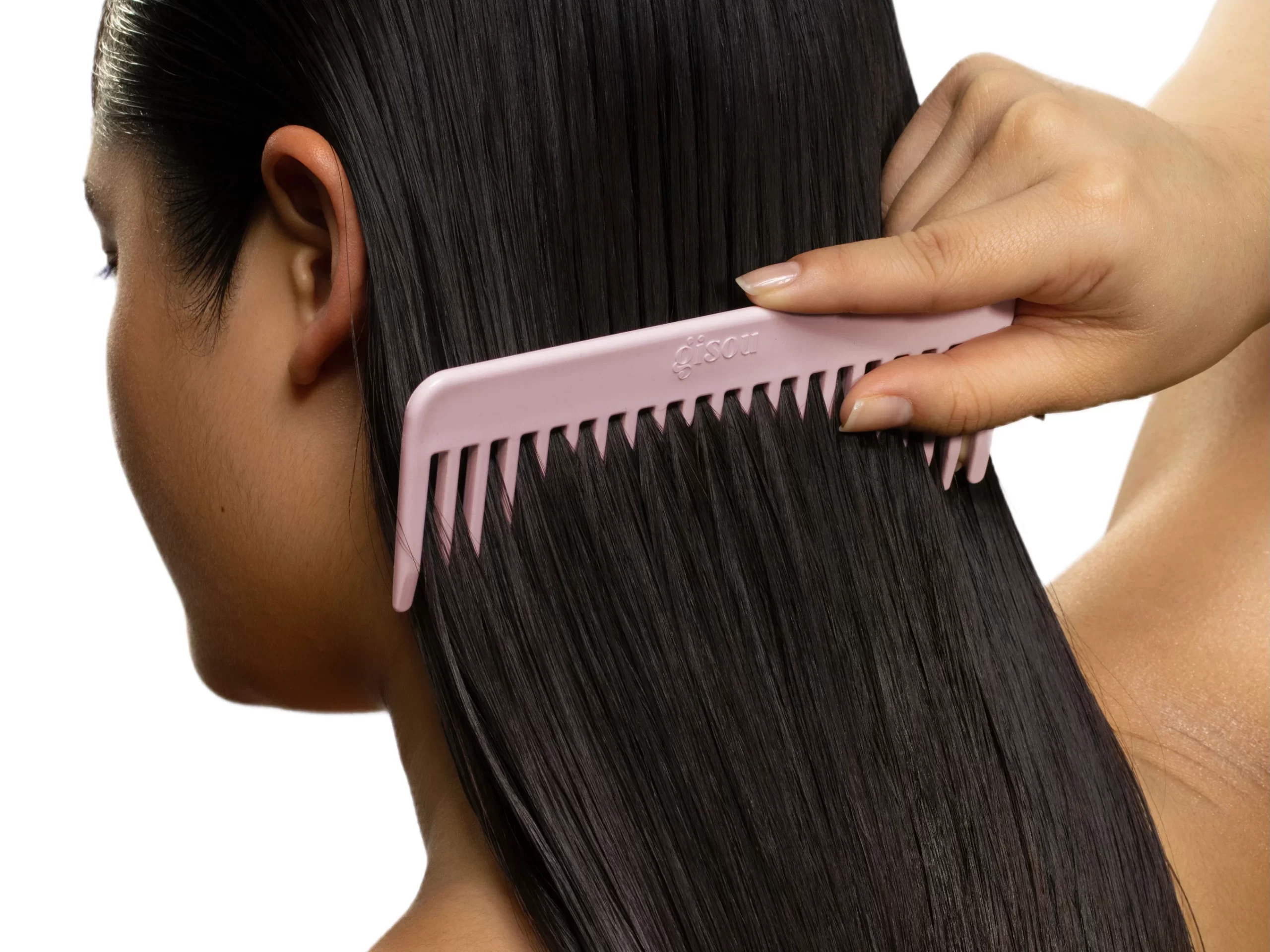
Remember, everyone’s hair is unique. Experiment with different products and techniques to discover what works best for you. Embrace your natural texture and learn to love your hair’s individual characteristics.
By understanding your hair type, developing a personalized routine, and adopting healthy habits, you can unlock the secrets to healthy, beautiful hair that reflects your confidence and inner beauty.

